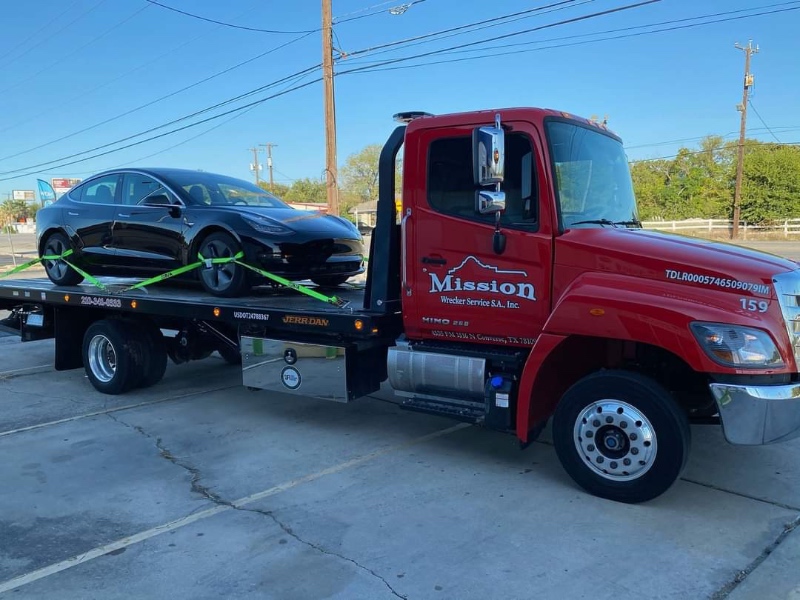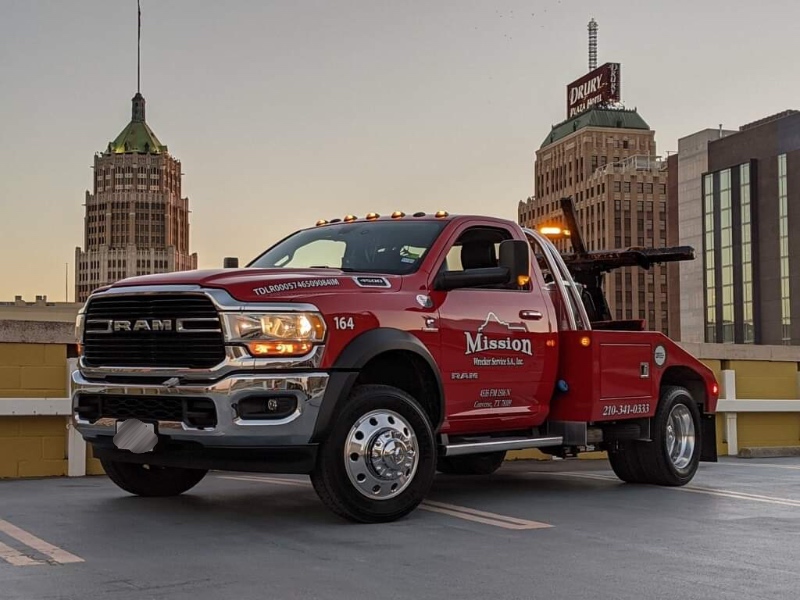Adapting to the New Era of Electric Vehicles
Electric vehicles (EVs) are showing up on San Antonio roads more than ever, and that means our towing practices have had to evolve, too. If you’ve ever driven an EV—or thought about getting one—you might be wondering how breakdowns or towing situations are handled. Towing electric vehicles takes a different approach than what most people associate with traditional gas-powered cars. And for those of us in the towing and roadside assistance industry, we’ve learned that understanding the differences is crucial. We handle each San Antonio EV towing job with respect for the unique systems at work inside these modern machines.

What Makes EVs Different from Traditional Cars
The Drivetrain and Braking Systems
Unlike conventional cars with combustion engines and gearboxes, EVs come equipped with electric motors and regenerative braking systems. This means that the wheels, when in motion, are often directly linked to components that help recharge the battery or manage power distribution. Towing an EV the wrong way, such as with its drive wheels on the ground, can overheat or damage the motor.
No Neutral Gear in Most EVs
Here’s another twist: most electric vehicles don’t have a true “neutral” gear. That’s a challenge because neutral is usually the go-to setting for safe rolling during a tow. Without it, the drivetrain stays engaged. That’s why we often use flatbed trucks for San Antonio EV towing jobs. It eliminates the risk of damage by keeping all four wheels off the ground.
How We Tow EVs Correctly
We treat EVs like the sensitive, tech-heavy machines they are. Here’s what we do differently:
Step-by-Step: Our EV Towing Process
- Assessment Comes First
We begin by identifying the vehicle make and model, since each EV can have specific recommendations for towing. - Flatbed Use Is Standard
We prefer to load EVs entirely onto flatbeds. This keeps the vehicle stationary, removes the chance of wheel drag, and protects the drivetrain. - Power Down Safely
Some EVs require a specific shutdown sequence before movement. We make sure the system is off and no high-voltage warnings are active. - Hook Points Are Specific
EVs usually have designated tie-down locations. We secure the vehicle without straining the suspension or touching sensitive electronics. - No Boosting Unless Safe
Jump-starting an EV is a last resort. If power is completely dead, we rely on manufacturer-approved methods rather than traditional boosting.
Mistakes to Avoid with EVs
Even well-meaning bystanders can cause harm if they don’t understand the technology. Here’s what we never do when called for a San Antonio EV towing job—and what no one should:
- Drag an EV on its drive wheels.
- Use a tow dolly unless it’s specifically approved by the vehicle manufacturer.
- Attach chains or hooks to non-load-bearing areas.
- Attempt to “bump start” an EV like an old manual car.

Mission Wrecker Gets Your San Antonio EV towing job Done Right
At Mission Wrecker, we read the writings on the wall. As San Antonio EV towing has become an increasingly frequent request and as more drivers switch to electric vehicles, we’ve made it our responsibility to understand what makes them different. And how to get every San Antonio EV towing job done right. We’re not just moving vehicles. We’re adapting to the future of transportation, one San Antonio EV towing job at a time.

